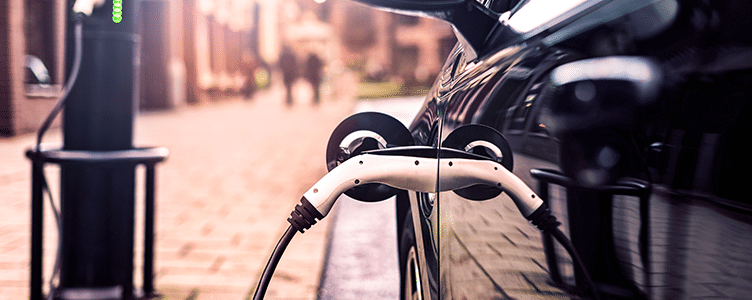
The probability of an electric vehicle (EV) catching fire is significantly lower than that of an internal combustion engine (ICE) vehicle. According to the Fatality Analysis Reporting System, between 1993 and 2013 in the US, fires occurred in 2.6% of EVs, and in 4.4% of ICE vehicles. However, over the last few years as EVs have become more prominent, there have been well-publicised issues with fire occurring in electric vehicles – with Tesla being the worst hit. Risk is abundant in any motor vehicle – but it’s essential to understand the unique risks involved with manufacturing and operating EVs, and how they can be mitigated. Here are some electric vehicle safety concerns around battery damage and fire risk and how they can be addressed.
Assessing the risk
Electric vehicles are powered by large battery packs. As is always the case when using a battery, there is a risk of fire or even explosion should the battery be damaged or malfunction in some way. This becomes a more heightened risk when you are dealing with larger packs.
We covered the issue of thermal runaway in detail in this post, but it bears mentioning as one of the most significant electric vehicle safety concerns and challenges for manufacturers. As electric vehicles are powered by lithium-ion (LI-ion) battery packs, they are particularly susceptible to the risk of thermal runaway. Thermal runaway occurs when a short circuit or damage to a battery causes the internal temperature to rise, creating an unstoppable chain reaction and positive feedback loop, increasing the temperature exponentially throughout the pack and often resulting in fire or explosion.
Thermal runaway is a risk presented by the overheating of the battery pack. This in itself can be caused or exacerbated by a number of factors.
Incorrect charging
This is as much about user error as it is about manufacturing. Most electric vehicle manufacturers have sophisticated battery management systems in place that prevent a battery from being overcharged, which could lead to thermal runaway occurring. It’s also important that from a driver perspective, they ensure they are using the right charging port and charger for their vehicle. For example, charging an EV designed for slow charging with a fast charger could cause damage to the battery.
Exposure to high temperatures
If an EV is exposed to high temperatures for an extended period of time – for example, if it is left in direct sunlight, this can cause the reaction of thermal runaway to begin. Again, some of this really comes down to the user ensuring that they store the vehicle correctly. For example, Nissan recommends against storing their electric vehicles in temperatures over 23 degrees celsius for longer than 7 days at the risk of affecting long-term battery performance and potentially compromising the safety of the battery.
Moisture
If an EV battery pack or charging system is not designed to adequately protect from moisture, there is a very serious risk of damage to the battery, which may lead to short circuit and fire.
In 2019, Audi recalled 1,644 of their E-Tron electric SUVs due to a fault with the grommet seal sitting in the vehicle’s wiring harness between the charging port and the battery – which in at least 5 vehicles worldwide allowed moisture to seep into the system and into the battery pack.
Preventing battery damage and thermal runaway
While thermal runaway cannot be stopped or prevented once it starts, the process can be slowed down with the implementation of proper insulation within the battery pack. By using thermal spacers and laminates between the cells of the battery, you can mitigate the effects of thermal runaway, and try to contain the effects to one module rather than migrating to the rest of the pack. Using the right battery insulation can also help to prevent the initial temperature increase from occurring within the battery pack which might then lead to thermal runaway.
Mica is a material with superior dielectric and thermal properties. In addition, it is also light, easily cut and shaped to exact specifications, making it ideal for use as insulation in electric vehicle battery packs. Mica also absorbs very little moisture, meaning it can offer additional protection against issues with moisture as described above.
Elmelin can provide specialist support and expertise to create insulation solutions that offer mechanical strength and performance, as well as safety and protection from short circuits and thermal runaway. Get in touch to find out more.
